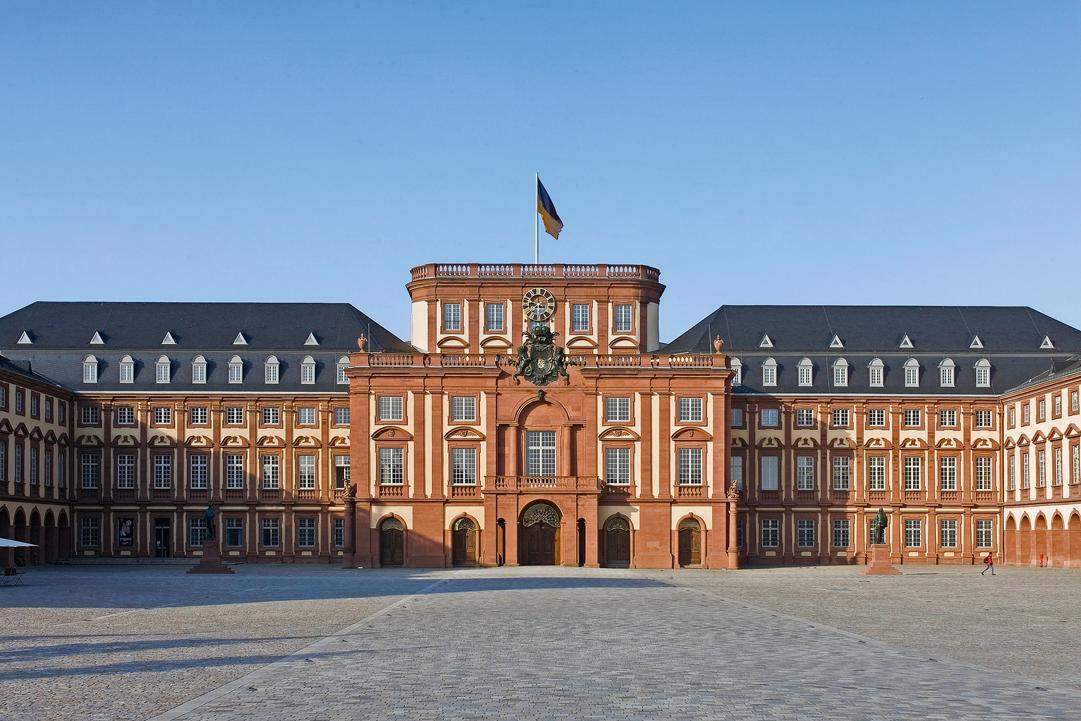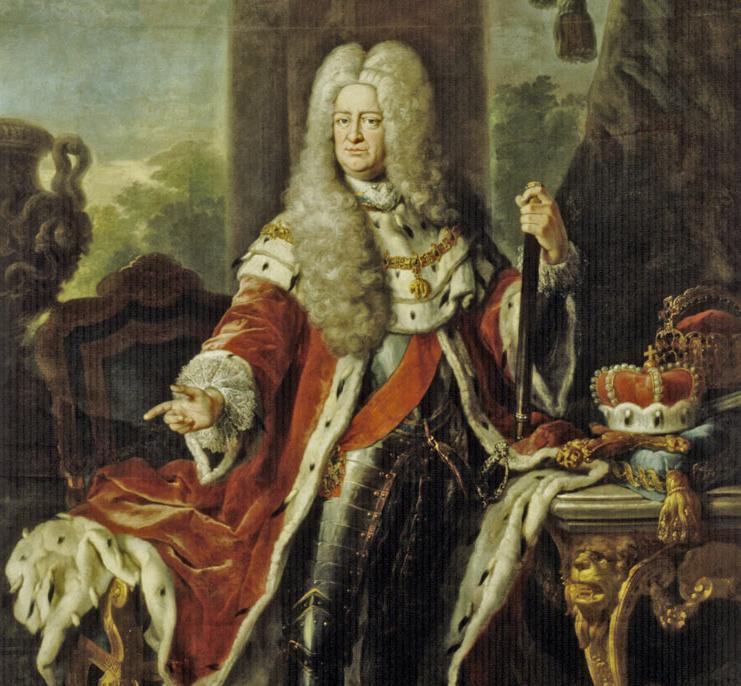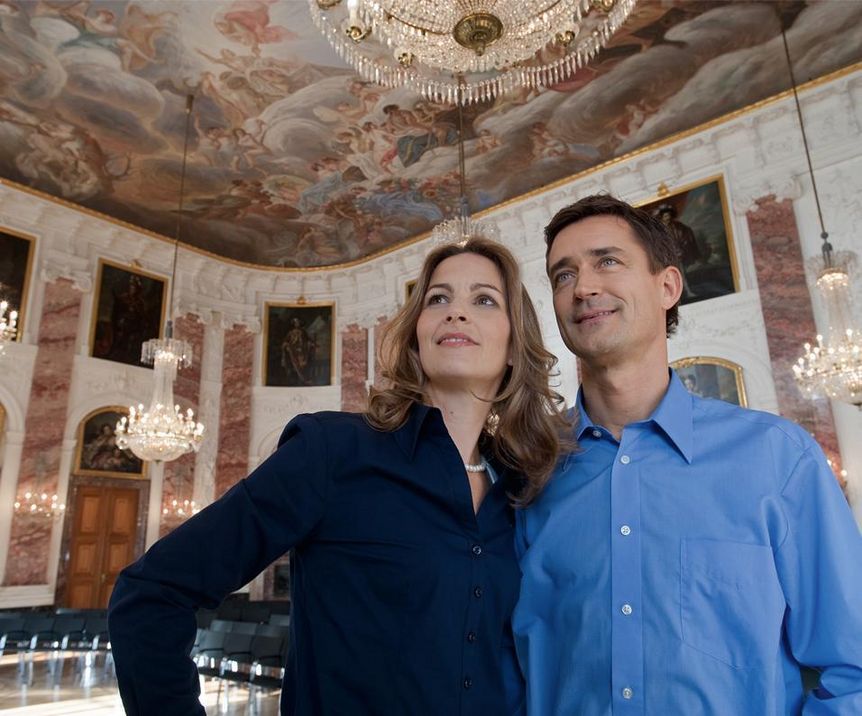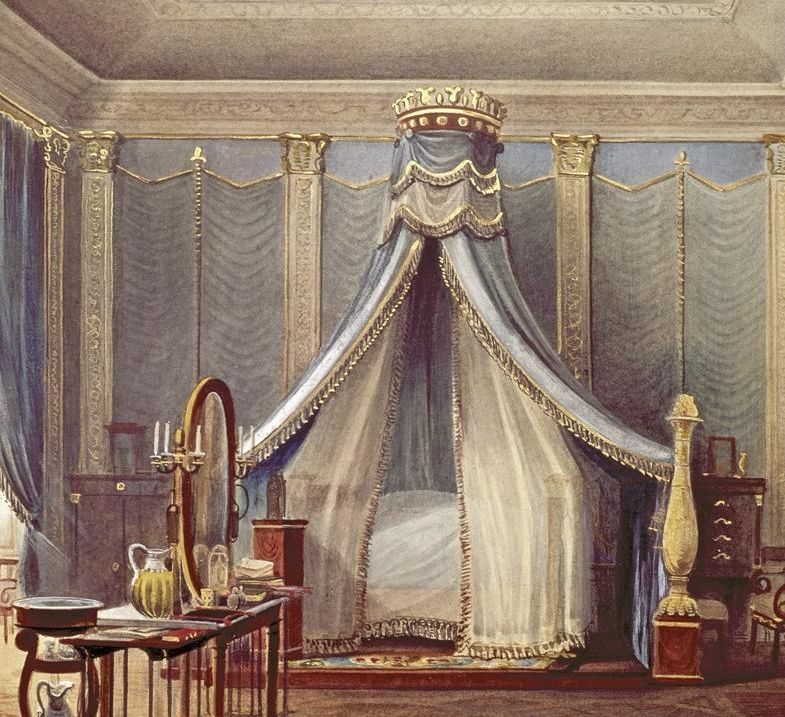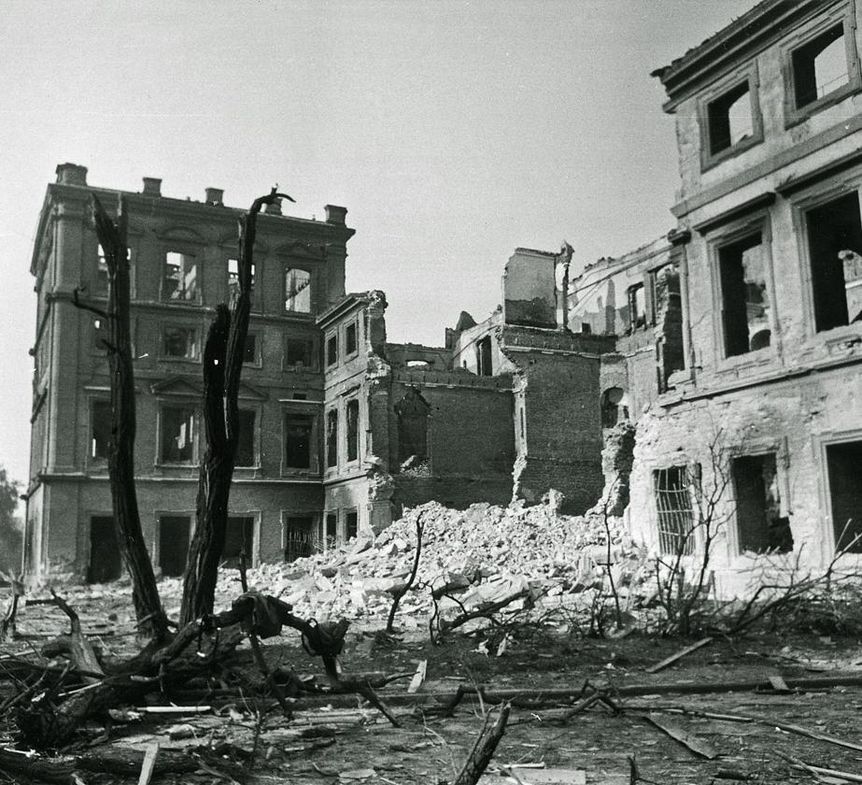A monumental palace complexThe palace
With its huge main courtyard and 440-meter-long show facade, the giant Mannheim Baroque Palace is one of the largest palaces in Europe. The impressive complex was intended to display the political position of the Prince-Electors of the Palatinate.



